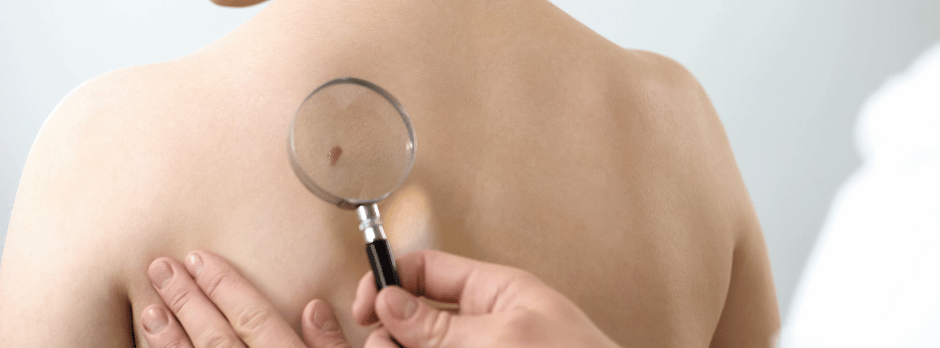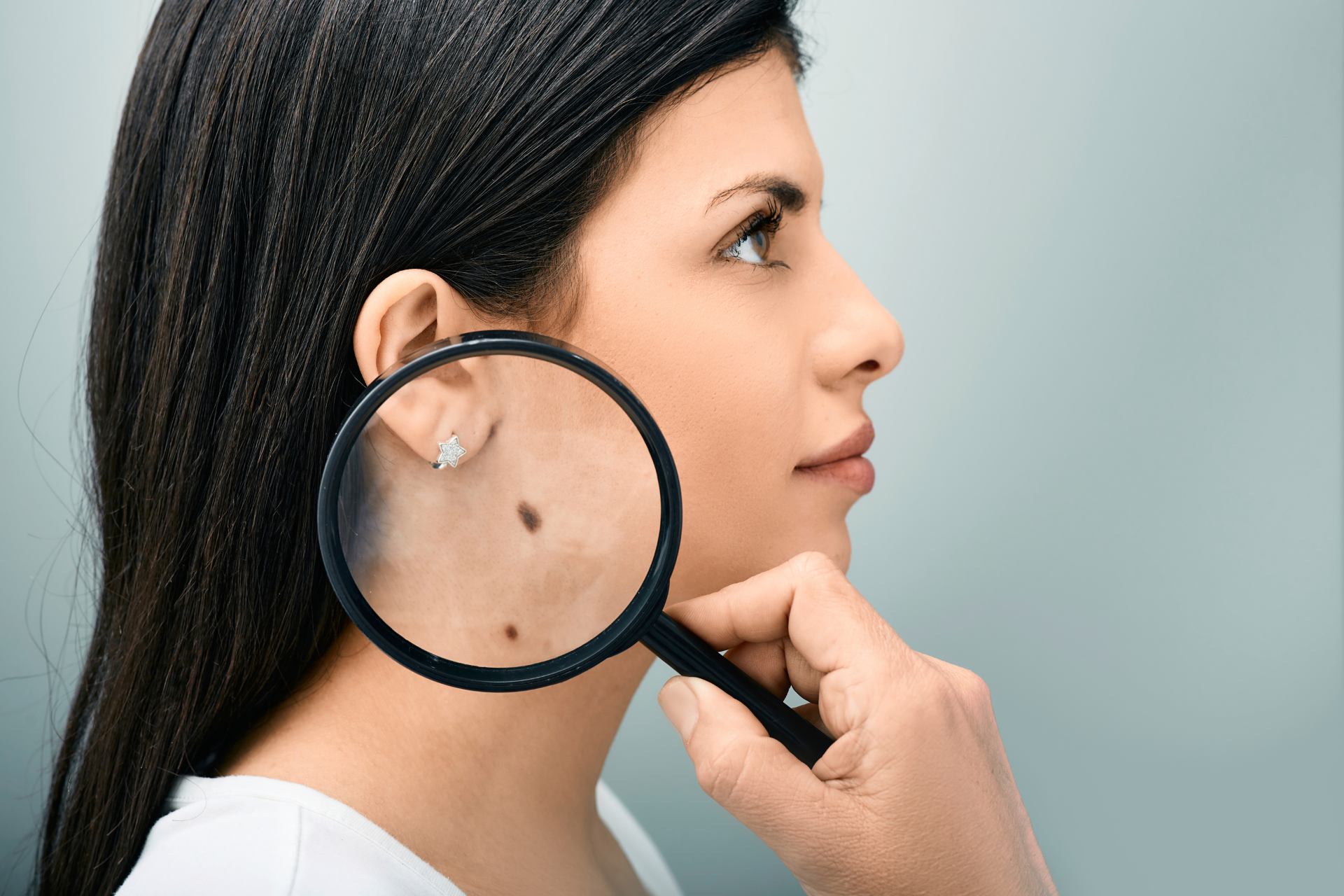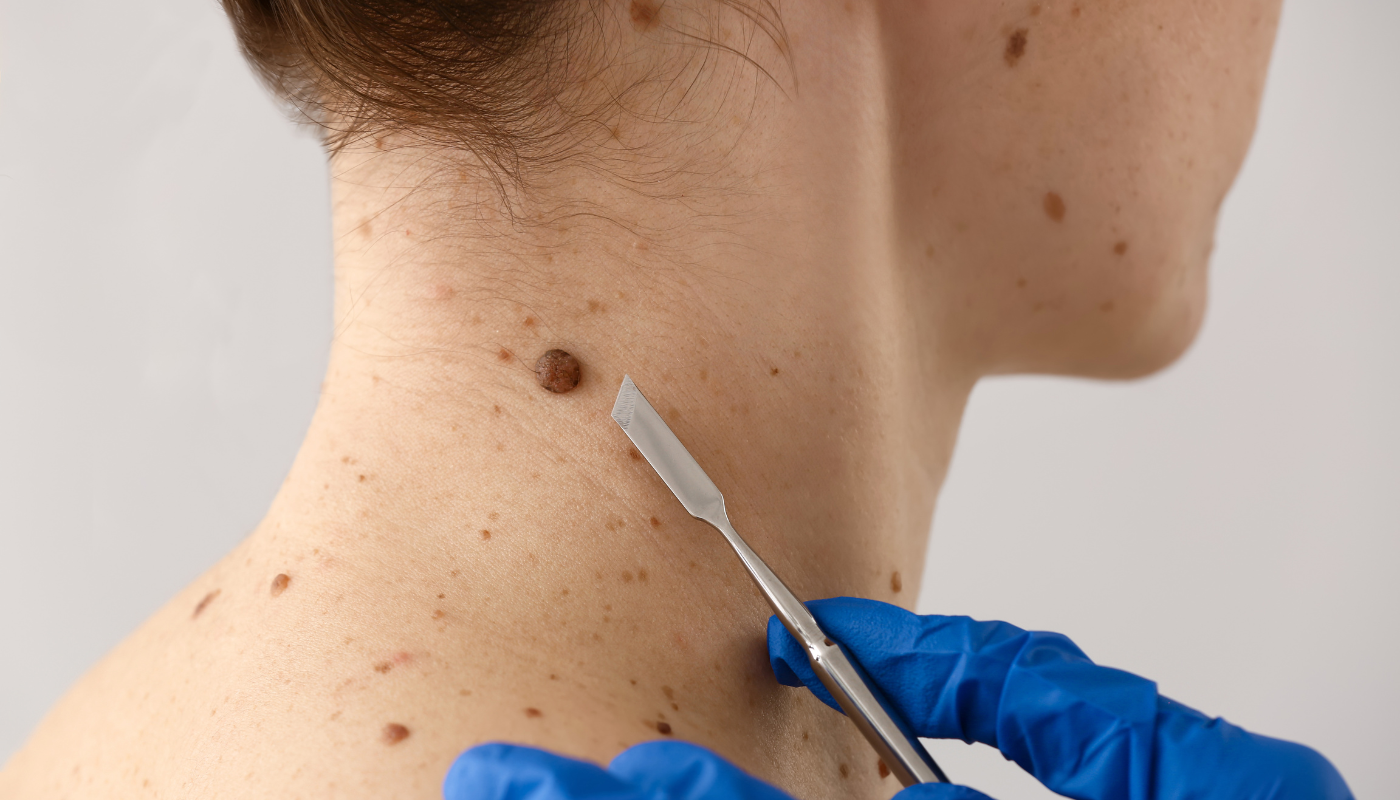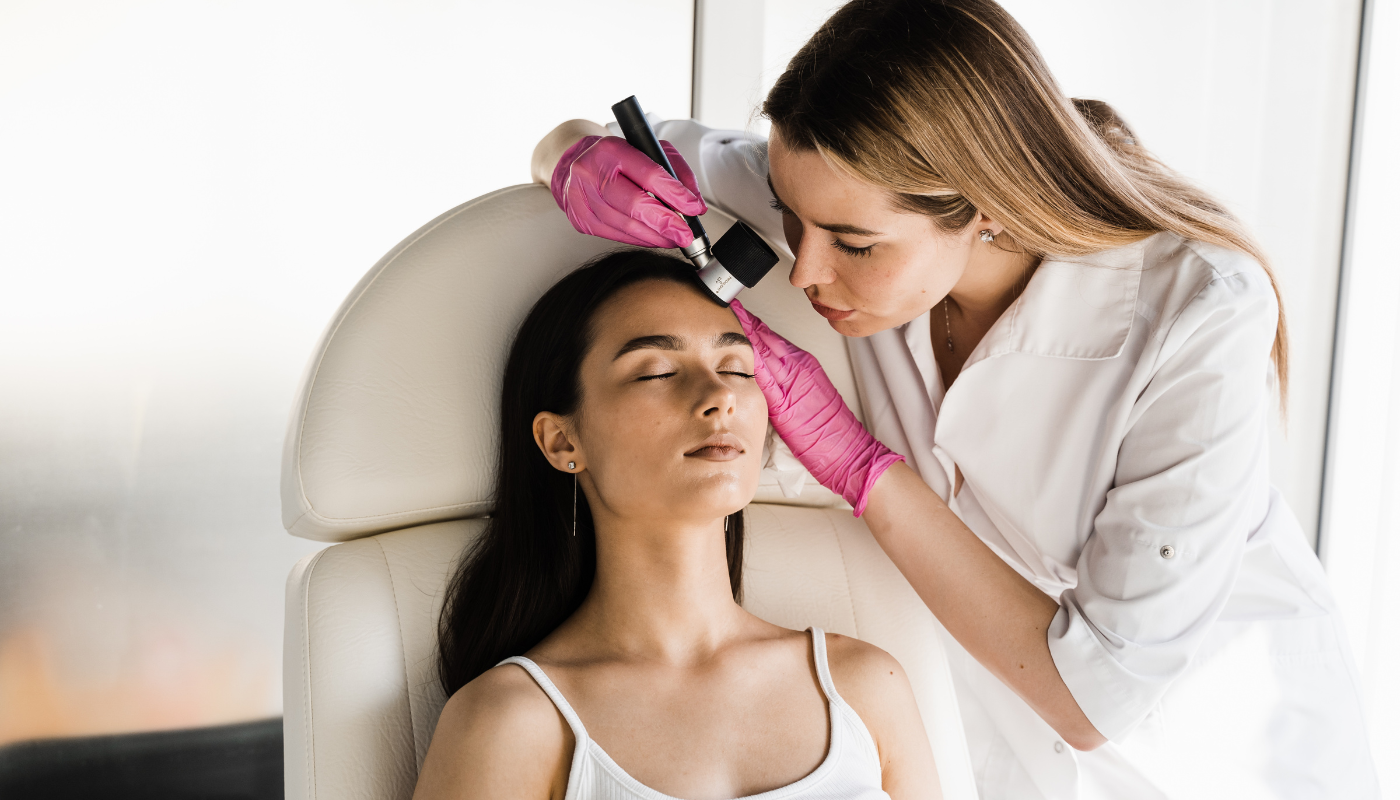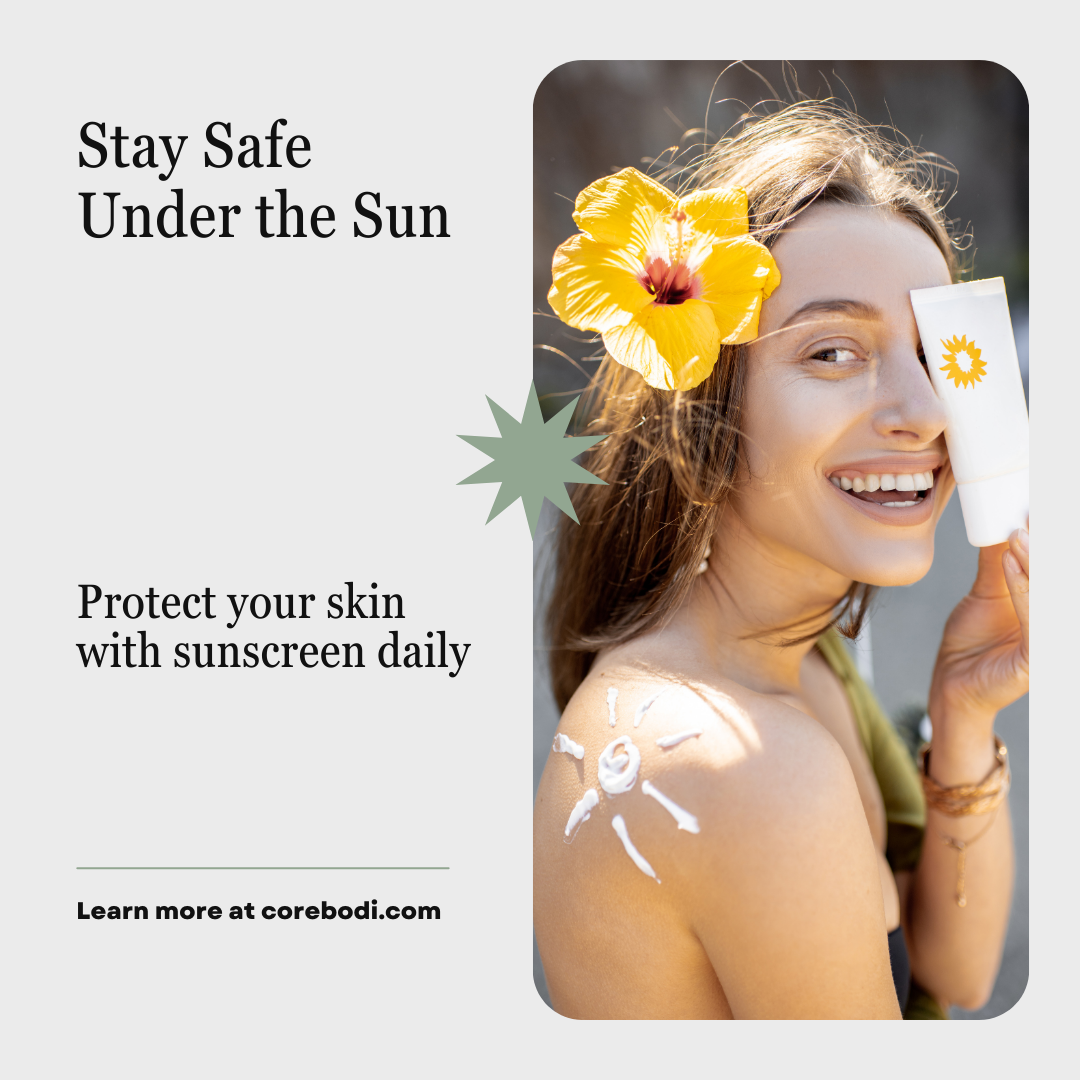Are Tanning Beds Dangerous?
Can Tanning Beds Cause Melanoma?
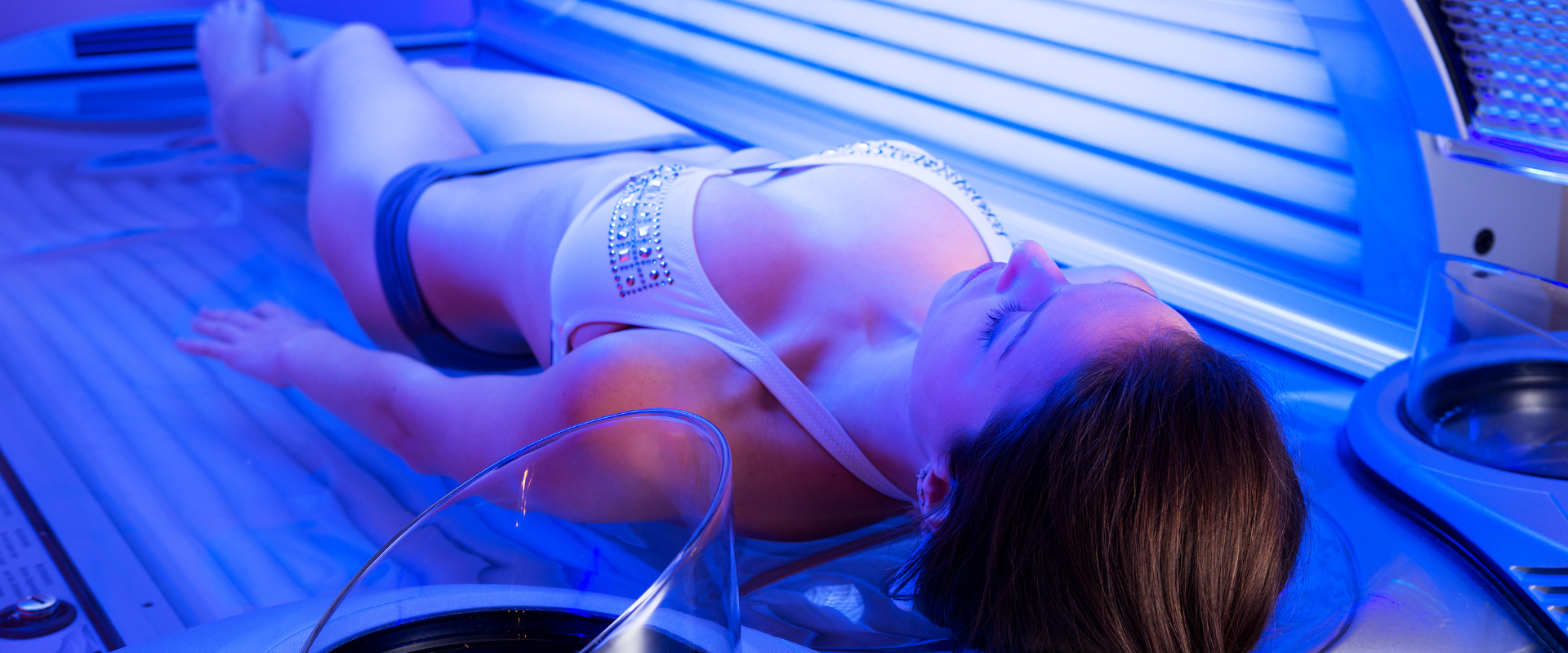
Tanning beds are a popular method of achieving a golden brown tan without the need for prolonged exposure to the sun's harmful ultraviolet (UV) rays.
However, what many people don't realize is that tanning beds are not a safe alternative to natural sunlight.
In fact, they pose a significant risk to your health, and their dangers cannot be ignored.
Tanning beds emit UVA and UVB rays that penetrate deep into the skin, causing DNA damage that can lead to skin cancer. According to research, the risk of developing melanoma, the deadliest form of skin cancer, increases by 75% when people use tanning beds before the age of 35.
The World Health Organization has classified tanning beds as a Group 1 carcinogen, which means that they are known to cause cancer in humans.
Apart from skin cancer, tanning beds can also cause other skin damage, such as premature aging, wrinkles, and sunspots.
Prolonged exposure to UV rays can also weaken the immune system, making it more difficult for the body to fight off infections.
Furthermore, tanning beds can have psychological effects as well.
Many people become addicted to tanning and feel that they need to maintain their tanned appearance, which can lead to further health problems. This addiction can also lead to body dysmorphic disorder, which is a mental health disorder characterised by an obsessive preoccupation with perceived flaws in one's appearance.
It is also important to note that not all tanning beds are created equal.
Some tanning beds emit higher levels of UV radiation than others, increasing the risk of skin damage and cancer. Furthermore, the use of tanning beds by minors is often not regulated, which can result in young people being exposed to harmful levels of radiation.
Tanning beds are dangerous and pose a significant risk to your health.
The risks associated with tanning beds are well-documented, and it is important to take them seriously.
If you want to achieve a tan, it is safer to do so by spending limited time in the sun while wearing protective clothing and sunscreen.
Alternatively, there are safer alternatives to tanning, such as self-tanning lotions or sprays, that do not expose you to harmful UV radiation.
Remember, your health is important, and it is not worth risking it for the sake of a temporary tan.
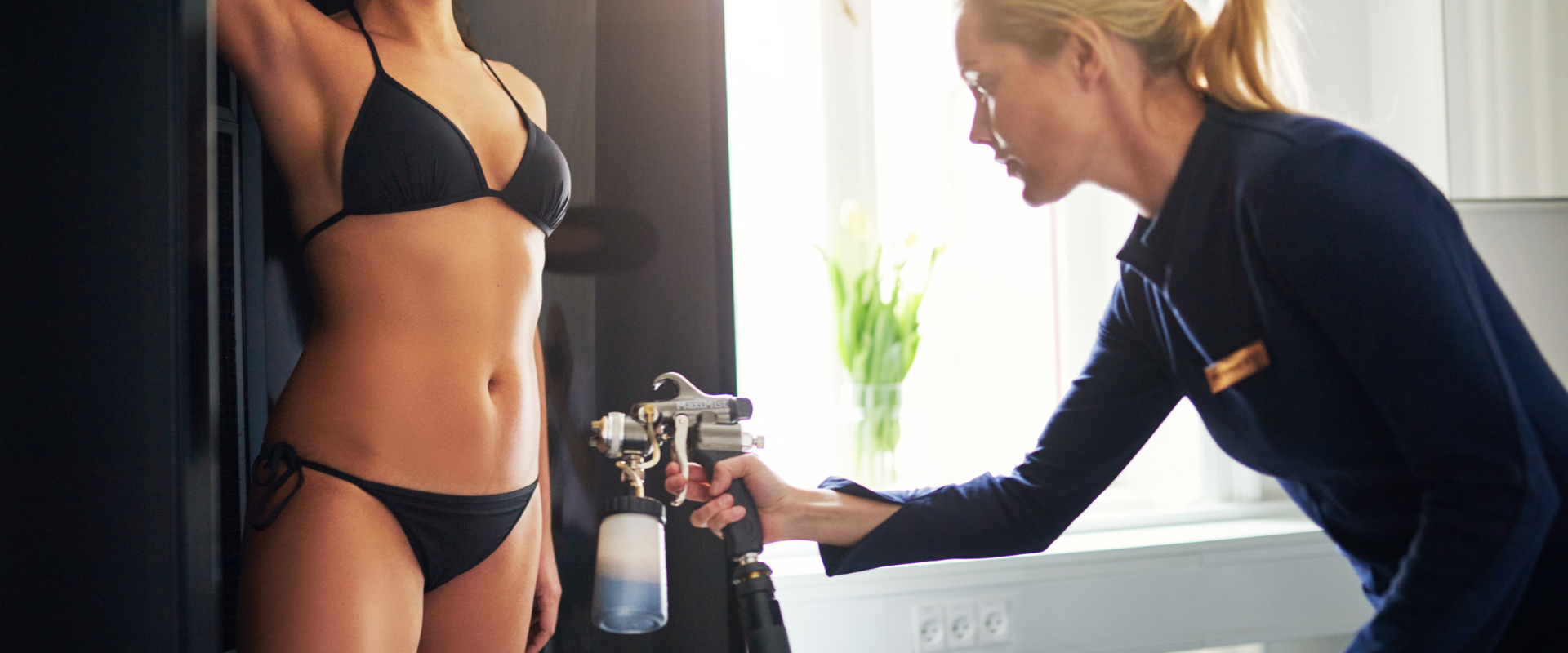
What are the safe alternatives to Tanning Beds?
If you're looking for a safe alternative to tanning beds, there are several options available.
Here are some of the most popular:
- Self-Tanning Products: Self-tanning lotions, sprays, and creams are a great alternative to tanning beds. These products contain dihydroxyacetone (DHA), a colourless sugar that reacts with the amino acids on the skin's surface to produce a tan. They do not expose your skin to harmful UV radiation, making them a safe and effective way to achieve a natural-looking tan.
- Spray Tanning: Spray tanning involves applying a fine mist of tanning solution to the skin. The solution contains DHA, which reacts with the amino acids on the skin's surface to produce a tan. Spray tanning is a safe alternative to tanning beds, as it does not expose your skin to harmful UV radiation.
- Bronzing Powders and Creams: Bronzing powders and creams are a temporary solution for achieving a sun-kissed glow. They can be applied to the face or body and do not expose your skin to harmful UV radiation. They are a safe and effective way to add a touch of colour to your skin.
- Sunless Tanning Booths: Sunless tanning booths are a popular alternative to tanning beds. They work by spraying a mist of tanning solution onto your skin. Like spray tanning, the solution contains DHA, which reacts with the amino acids on the skin's surface to produce a tan. Sunless tanning booths do not expose your skin to harmful UV radiation, making them a safe and effective way to achieve a tan.
- Protective Clothing and Sunscreen: Wearing protective clothing, such as long-sleeved shirts and hats, and using sunscreen with a high SPF can also help protect your skin from harmful UV radiation. While these options do not provide a tan, they are the safest way to enjoy time in the sun without putting your health at risk.
There are many safe alternatives to tanning beds. From self-tanning products to protective clothing and sunscreen, you can achieve a beautiful and healthy glow without risking your health.
Remember, it's important to protect your skin from harmful UV radiation, and there are plenty of safe and effective ways to do so.
More Skin Tips.
CoreBodi


